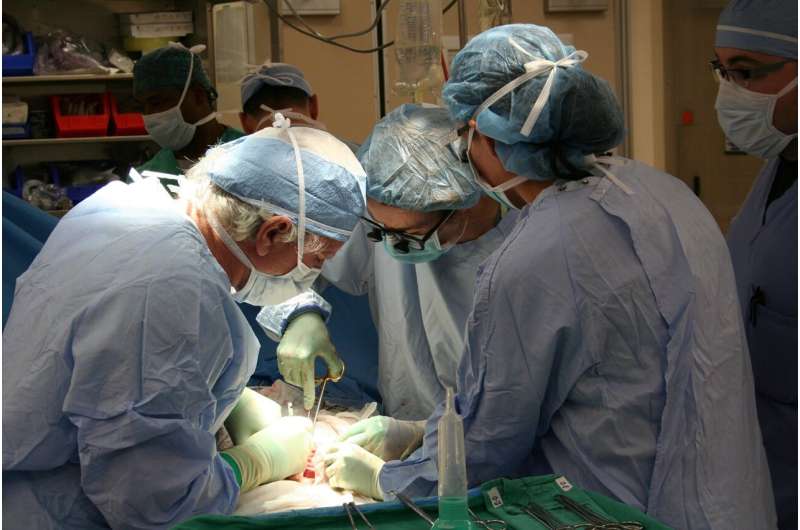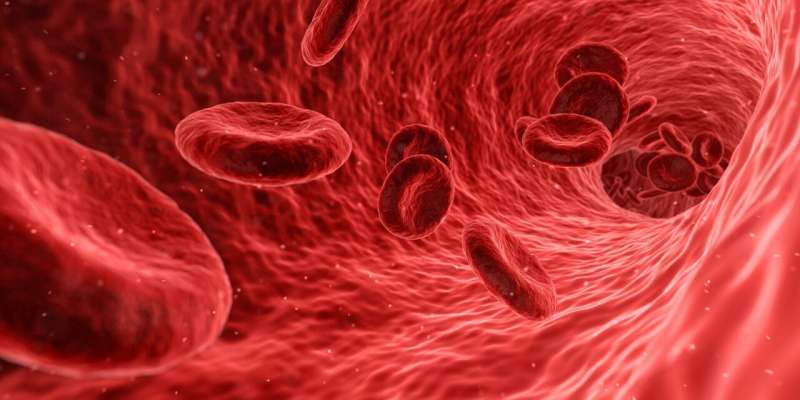Innovative Bioprinted Organoids Enable Tumor Feature Capture and Prognosis Prediction

A novel 3D bioprinted tumor model combines patient-derived organoids with AI to accurately capture tumor features and predict patient prognosis, advancing personalized cancer treatment strategies.
Researchers from Ulsan National Institute of Science and Technology have developed a groundbreaking 3D bioprinted tumor model that closely mimics the in vivo conditions of patient-derived cancers. This advanced model, called Embedded Bioprinting-enabled Arrayed Patient-Derived Organoids (Eba-PDOs), replicates key tumor microenvironment features such as high matrix stiffness and hypoxia, crucial for studying cancer behavior, especially in colorectal cancer cases.
The team utilized bioinks composed of gelatin and extracellular matrix components to print bead-like tumor structures derived from patient cancer cells, allowing precise control over tumor shape and morphology. These artificial tumors maintained consistent structures within individual patient samples but showed variability across different patient sources, reflecting genuine biological diversity.
A significant innovation was the integration of artificial intelligence (AI) to analyze tumor morphology from microscopic images. The AI model could accurately predict the expression of the prognostic gene CEACAM5—often overexpressed in colorectal and other solid tumors—and achieved an impressive 90% correlation with actual patient tumor gene expression, surpassing previous models. This enabled personalized predictions of tumor behavior and responsiveness to treatments like chemotherapy.
The study also demonstrated that these bioprinted organoids could simulate individual patient responses, offering a promising tool for tailored cancer therapies. Future directions include adding immune cells and vascular structures to further enhance the model's biological fidelity, aiming to improve its utility in personalized medicine.
Published in Advanced Science, this research highlights a significant step toward more accurate in vitro tumor models that can predict disease progression and treatment outcomes, providing a powerful platform for future cancer research and therapeutic development.
Stay Updated with Mia's Feed
Get the latest health & wellness insights delivered straight to your inbox.
Related Articles
Menopause and Its Impact on Multiple Sclerosis Presentation and Comorbidities
New research highlights how menopause affects multiple sclerosis presentation and related health conditions, leading to more personalized treatment strategies for women at different life stages.
'Protective switch' proteins could enhance liver transplant success by reducing damage
New research identifies proteins that act as protective switches in the liver, potentially increasing the success and availability of transplants by reducing ischemia-reperfusion injury.
Promising Results of Combined Epigenetic Therapy in Blood Cancer Treatment
A groundbreaking preclinical study shows that combined epigenetic inhibitors targeting G9a and DNMTs can effectively reduce tumor growth and induce cell death in multiple myeloma, opening new therapeutic possibilities.
Innovative Method Safely Reverses Opioid Overdoses: Rat Study Highlights New Possibilities
A groundbreaking rat study reveals a new method to reverse opioid overdoses safely by targeting receptors outside the brain, potentially reducing severe withdrawal symptoms associated with current treatments.



